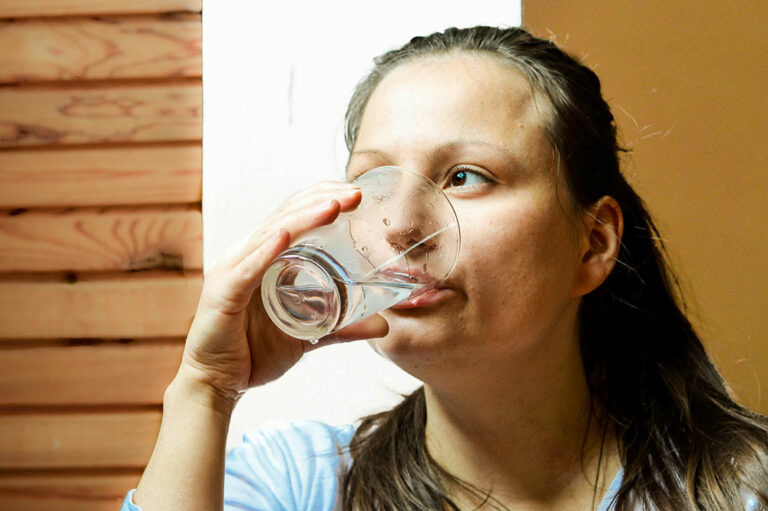Migraine is a neurological condition identified by recurrent episodes of moderate to severe headaches and differs from regular headaches. Symptoms like sensitivity to sound and light, vomiting, watery eyes, and nausea accompany migraine headaches. While multiple treatment options exist for migraines, there is no known cure. However, it is possible to manage the condition with the help of food and lifestyle changes. Multiple forms of exercise also help in better migraine management.
Tai Chi
This is a fluent form of martial arts that combines fluid movements and deep breathing and is an effective form of exercise to help with migraine pain. Since stress is a common migraine trigger, it can help patients manage their symptoms. It also effectively reduces blood pressure and improves the patient’s overall health.
Pilates
Pilates helps strengthen the core muscles, improves body posture, and promotes relaxation. In addition, it can help relax and decrease the frequency and intensity of migraines. This improvement in posture and muscle relaxation may contribute to reducing migraines.
Strength training
Muscle tension and poor posture can both contribute to the list of migraine triggers. Strength training exercises like resistance band training or weight lifting can help with both problems. Building a strong neck can also help reduce the likelihood of tension headaches by providing better support for the neck and shoulders.
Yoga
Yoga promotes physical and mental relaxation by combining physical postures, breathing techniques, and meditation. It helps reduce stress levels, reducing the frequency and intensity of migraines. In addition, specific yoga postures can increase blood flow to the brain, relieving the tension in the shoulders and the neck. Since these are some of the most common areas of tension and pain in people with migraine, yoga can be highly effective.
Cardiovascular exercises
Aerobic activities that are responsible for increasing heart rate and breathing can be of assistance when trying to help lower migraine pain. Activities like swimming, cycling, and running reduce stress levels and improve blood flow to the brain. Both stress and low blood flow act as migraine triggers and can be dealt with by increasing cardiovascular activity levels throughout the week.
Stretching
Since muscle tension significantly contributes to migraine pain, stretching can help people find relief. It is especially effective for people who spend hours standing or sitting in the same position. Simple movements like shoulder shrugs, shoulder rolls, and neck rolls can be done throughout the day to diffuse muscle tension and prevent migraine.

















